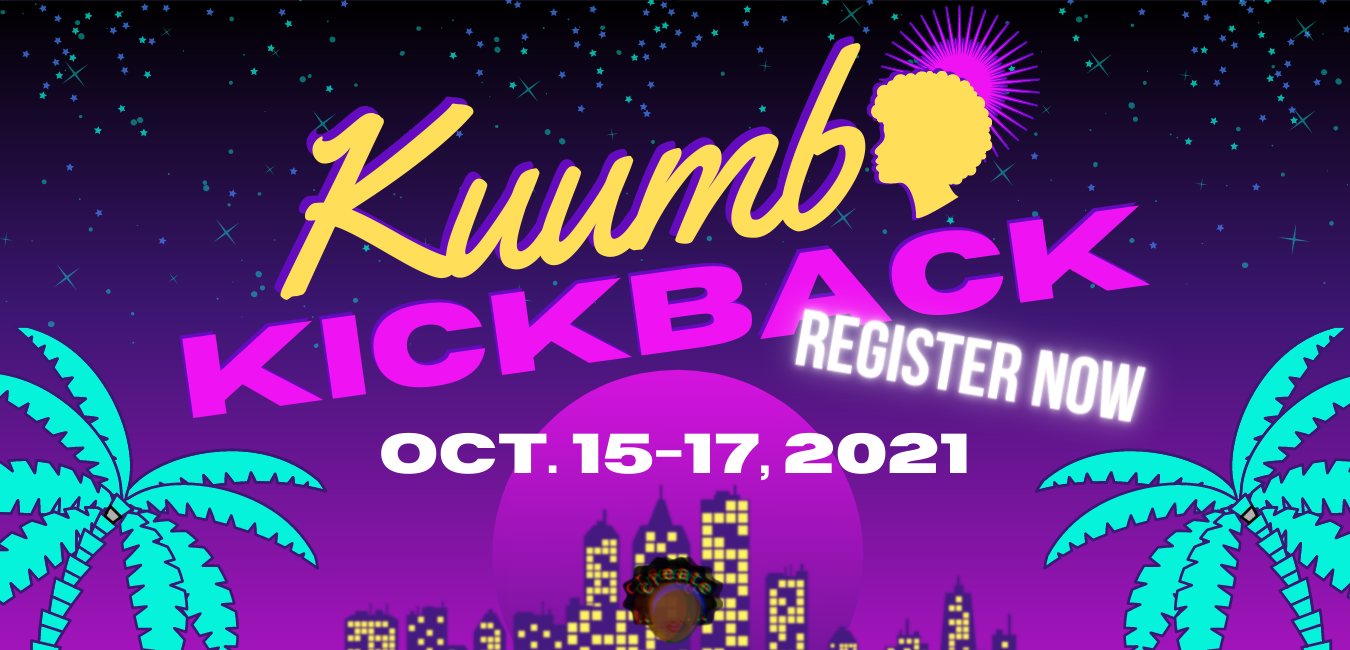Bayana’s Book Corner: The Fifth Season
Over the weekend I finished reading The Fifth Season, the first book in a trilogy written by N.K. Jemisin which recently won a Hugo Award for Best Novel. I’d bought the book about a month ago on my first trip to Barnes & Noble since moving (I know, how did I survive???), but since August was so busy I hadn’t had time to read it. When I initially sat down to start the book, I expected it would take me a while, given the other things I had to get done in my life. However, by the time got to about chapter 4 of the book, it became clear to me that I would be delving back into the old days of not doing anything else until the book was finished.
The Fifth Season is set in far-future Earth, thousands of years into the future. Earth is almost a character in and of itself in the book, constantly described and shown to be volatile and angry, making life on the vast Pangea-like land called The Stillness very difficult. Every few hundred years or so, The Stillness goes through a Season, which is basically an apocalyptic-level event. You know how in Doctor Who the Doctor travels to New New York, which is really New times a thousand New York? Well The Stillness is a thousands times post-apocalyptic.
There are different kinds of people living on The Stillness. There are the stills, who make up the majority of the population. There are essentially just regular people. There are the orogenes, people who can sense and manipulate the Earth. They can be dangerous because of their affinity with the Earth, but because of it they are feared by the stills and are therefore treated like monsters. Many of them are killed at a young age while the rest are taken to The Fulcrum, an institution that trains them and makes them helpful to society. Fulcrum-raised orogenes have Guardians, who keep them in line. And then there are stone eaters, creatures that can move through stone and have lived for thousands of years. A new Season starts in the beginning of the book when one of the orogenes, at the request of a stone eater, splits The Stillness in half.
The story initially starts with three points of view, following Damaya, Syenite, and Essun. Each part of the story has interesting things going on and Essun’s chapters were written in the second-person, something I’ve never seen before and always thought would be awkward, but which actually worked well with the story being told. However, the story does start off as confusing because of the timeline. It took me a while to realize why I felt lost, in part because the different timelines are interesting on their own, but also because the writing was so good that it just took me a while to notice something was off. It was clear that I was meant to be confused on some level, so I was able to get through it until I realized what was going on. Once I realized that the confusion stemmed from the timelines, it was easier for me to get deeper into the book because I love time distortion and was fine with not having all the information since I could pinpoint what was going on and knew that everything would eventually be explained. I was just waiting for the book to reveal what was happening, and once I was rewarded with that I sped through the rest of the book, staying up until 1am to finish.
Jemisin makes some really Interesting narrative choices in the book. In addition to the timelines and the use of the second-person, she uses the space on the page in a way that many written poets do, sometimes using different line breaks in the middle of paragraphs to emphasize the action in the plot. The way it was written is just as integral to the story as the actual plot. While the choices aren’t conventional, it works really well because everything is deliberate and adds to the story. These choices were all interesting, because even if the narrative style would’ve been regular, the story would have been great. At the same time though, I can’t imagine the story without these pieces. They are super important to the story despite the strangeness.
The commentary on orogenes was in some ways a parallel to oppressions people face in our time, but many of the characters were of color in the way we define it in the real world. There were still races, the Sanzed having the most desirable features, and there were different sexualities and genders. Orogeny, however, was the main distinction and paralleled often to issues oppressed people face today. There were so many times when the narrative, or a character, or one of the excerpts would speak to me on a real level because of this. This is a story about oppression, but it’s also about relationships, power, humanity, and the Earth.
The thing I loved most about the book was that it is a fantasy novel written by a black woman. I tend to write more fantasy than sci-fi and so it was inspiring and motivating to read a book by someone like me doing what I want to do. Rather than discouraging me from continuing my own stories, it made me want to continue writing and revising and getting better.
Not only can I not wait to get back into my own writing, but I also can’t wait to go to the bookstore and buy The Obelisk Gate, the sequel that just came out about a month ago.
Run, don’t walk, to go buy The Fifth Season, and honestly anything else Jemisin puts out.
P.S. I “live” tweeted my reading experience. You can check it out here!

